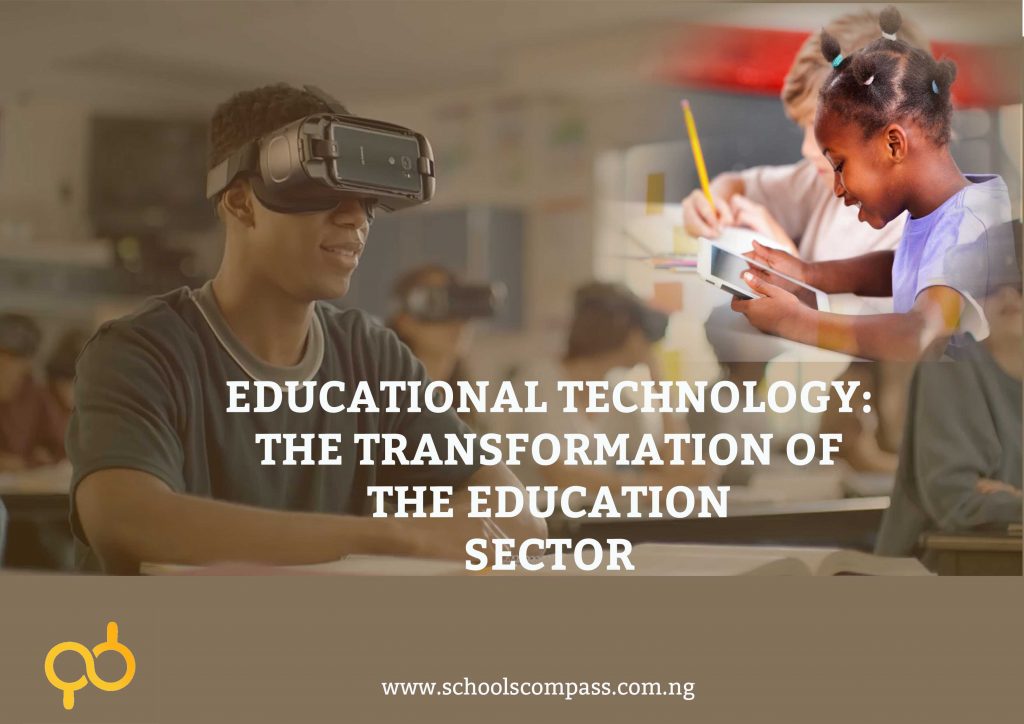
According to Thomas Edison “books will become obsolete in schools”. Seeing how far the 21st Century has progressed we have to say that the old man might be right after all. Let us ask you this, what would you prefer, having to visit different libraries to do an assignment, or using your phone right in your room to research for your assignment? I am certain your answer will be the latter option. That is how greatly technology has impacted our lives. From our homes to our place of work, and now to the classrooms, technology is transforming how we do things and how we learn.
Educational Technology according to The Association for Educational Communications and Technology (AECT) is defined as “the study and ethical practice of facilitating learning and improving performance by creating, using and managing appropriate technological processes and resources”. To a layperson, educational technology refers to instructional materials like computers, projectors, and software programs that are employed for use in the classrooms. Technology is everywhere, and whether we like it or not, we have to key into it now. The world is changing and so many things are evolving. Before now, no one knew what was A.I, but now everyone does. This should tell you that technology cannot be neglected especially in the aspect of education.
Apart from technology being needed to aid learning in the classrooms, it is needed to help prepare the students for the world, and help them develop skills that they will need to survive in the outside world. Yet this job of preparing students is becoming more and more tasking in this world where change occurs constantly. These drastic changes are making many educators raise these questions; are the students getting the right amount of education they need? Are they being equipped with the right skills? How are schools adopting the use of technologies in the classrooms? These and many more questions linger in the mind of many stakeholders in the education sector.
With technology gaining ground in the classroom, it is yet to supersede traditional tools. In many schools, students are using smartboards (technology-enabled interactive Boards), computers, and tablets in the classroom. In a survey conducted by Global Education Census Report in 2018, it was said that 48% of students globally use a desktop computer during lessons at school, while 42% use a smartphone, 33% say smart boards are used in their classrooms, and 20% use a tablet.
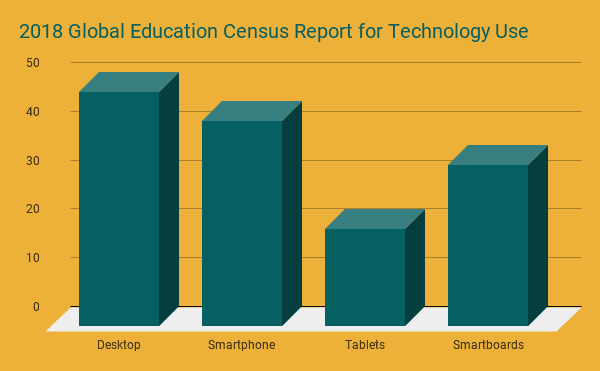
Some of the popular tech learning equipment includes;

Computers

Projectors
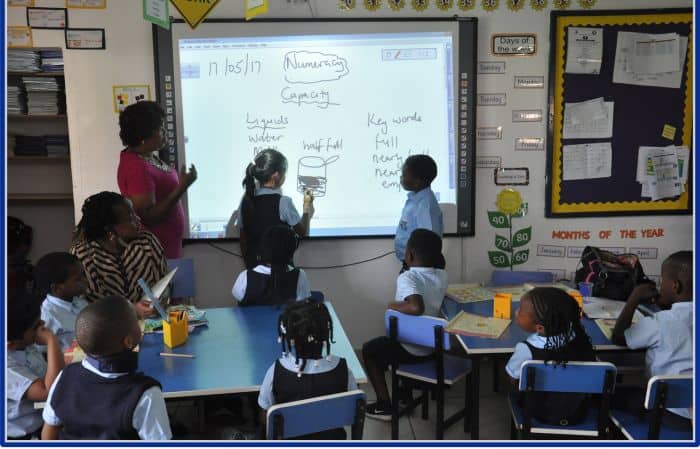
Smartboards
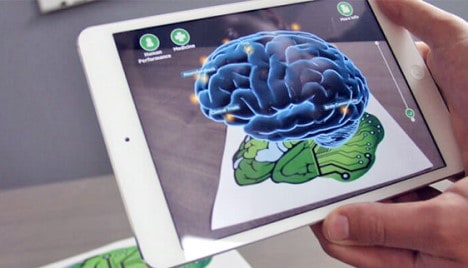
AR (Augmented Reality) tools and applications: AR technology provides virtual examples and adds gaming elements to support textbook materials.
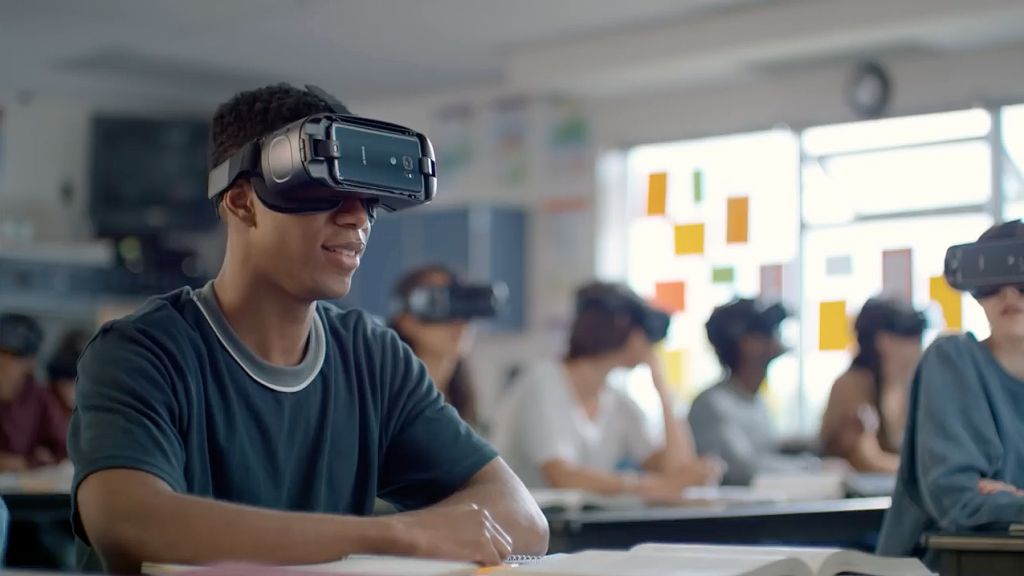
Virtual reality: an upcoming technology, although more common in the gaming sector. With this, you can simulate any environment for your students, and it’ll be like they are right there, meanwhile they will be in the classroom.
Factors that affect the use of technology in classrooms
The figures above show that the universe is starting to buy into the idea of implementing multiple tools for learning. It is said that investing in IT alone does not translate to the improvements in performance, technology in the education sector is best used to support learning and not totally replace it. For schools that are yet to adopt the use of technology in their classroom, here are some of the factors that cause the delay in their adoption;
1. Government-owned schools get little or no funding, while most private schools due to the high cost of tech equipment are yet to buy into that idea.
2. Some teachers deliberately resist the acceptance of technology, they fear they will be replaced by these technological materials.
3. Lack of technical know-how. The teachers that could operate these machines are not available, and few schools are ready to train their teachers on how to use educational teaching materials.
4. Electrical power: you might not want to count this as a point, but yes it is one. You need to power this equipment and in a country like Nigeria where electricity is undependable, you can see why there is a slow adoption rate.
Although investing in IT can aid and improve learning, but can you sustain it? After the initial investment, what’s next? You need to keep this system running, programs might need to be updated, repairs will be done and also services will be paid for. Schools count this as an extra cost, so they avoid even doing it.
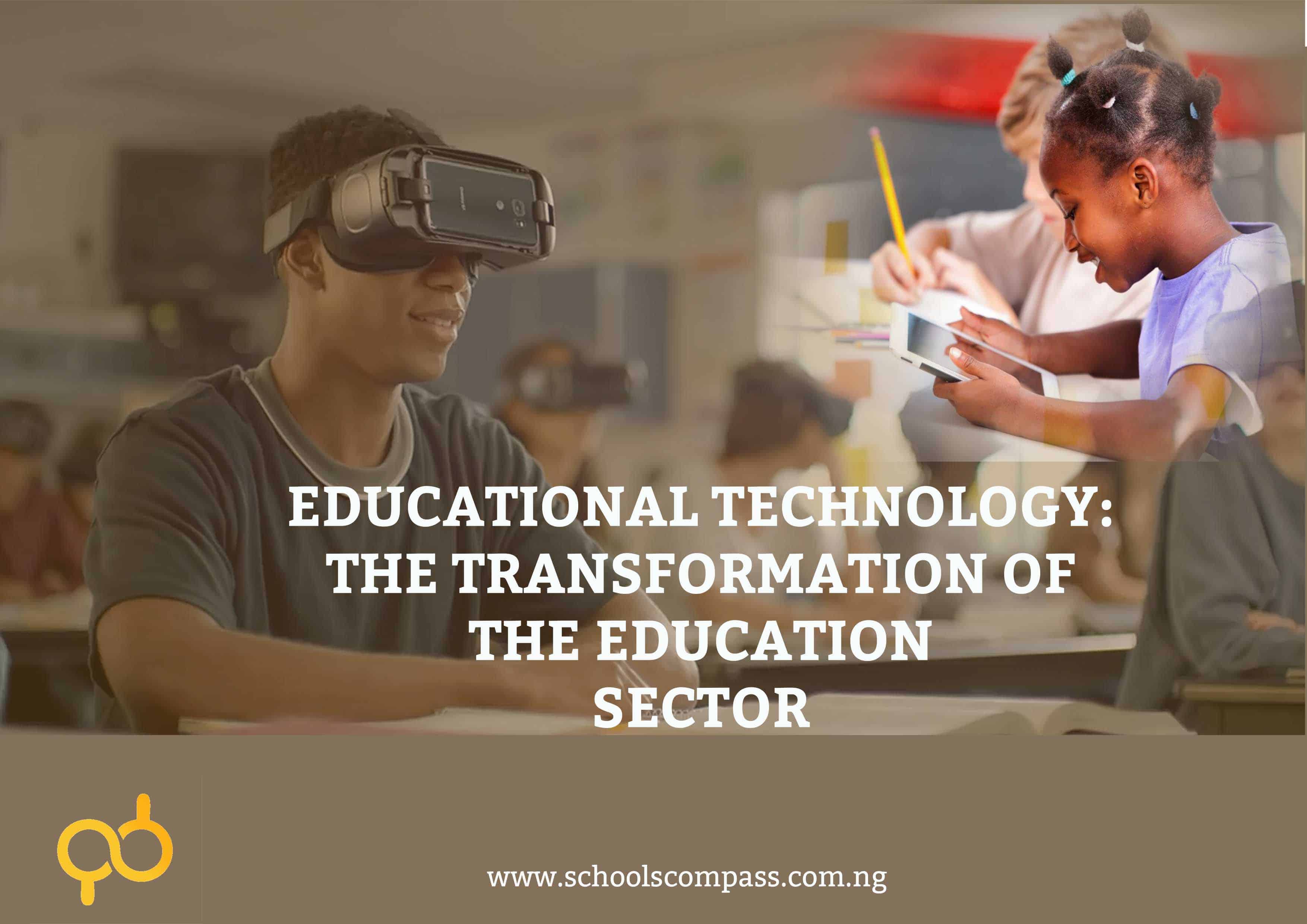
[…] factors that affect the adoption of technology in classrooms as explained in our introductory blog. These solutions apply to recent and future educators, school governing bodies, and every other […]